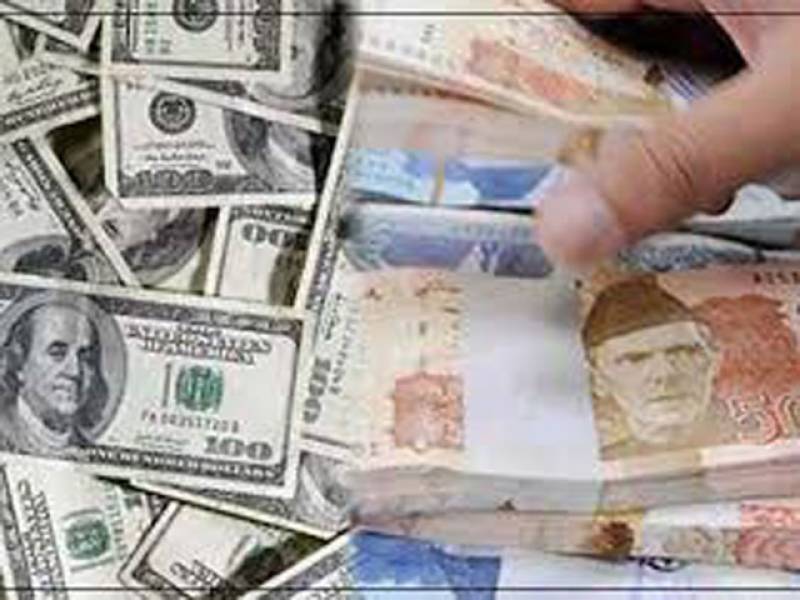Crackdown on illegal dollar trade has stopped black market activity

Due to a disappearing black market, the retail dollar rate has plunged, and the gap between the interbank and retail rates has narrowed to within the 1.25 pc band mandated by the International Monetary Fund.
In response to the army chief’s back-to-back meetings with businessmen in Karachi and Lahore, in which he promised to curb smuggling and rein in the consistently deteriorating exchange rate, the government launched a crackdown against the illicit dollar market and hoarders.
In response to these meetings, the Federal Investigation Agency began raiding exchange companies across the country, particularly in Peshawar, Karachi, Lahore, and Islamabad, shutting down scores of shops and arresting a number of people involved in illegal transactions.
The State Bank of Pakistan (SBP) cited these stern administrative measures as a key reason for holding its policy rate at 22pc in its last monetary policy statement in part because they eased pressure on the key interbank market.
Low-middle-income sections of the country are suffering significant hardships due to the exchange rate, soaring food and energy inflation, and critically low foreign reserves.
As a result of the crackdown against illegal forex trading and smuggling, bankers have reported an increase in remittances, hoping that these critical inflows will grow to around $2.5 billion in September.
Only the interbank foreign exchange market and the country’s macroeconomic landscape will ultimately determine the true currency value, and administrative actions can do only so much: provide market stability to build reforms on.
As a result, the SBP has recently restructured the foreign exchange market in order to curtail money laundering and terrorist financing by eliminating the illicit hundi-hawala system, and to ensure closer oversight of financial transactions as required by the Financial Action Task Force.
